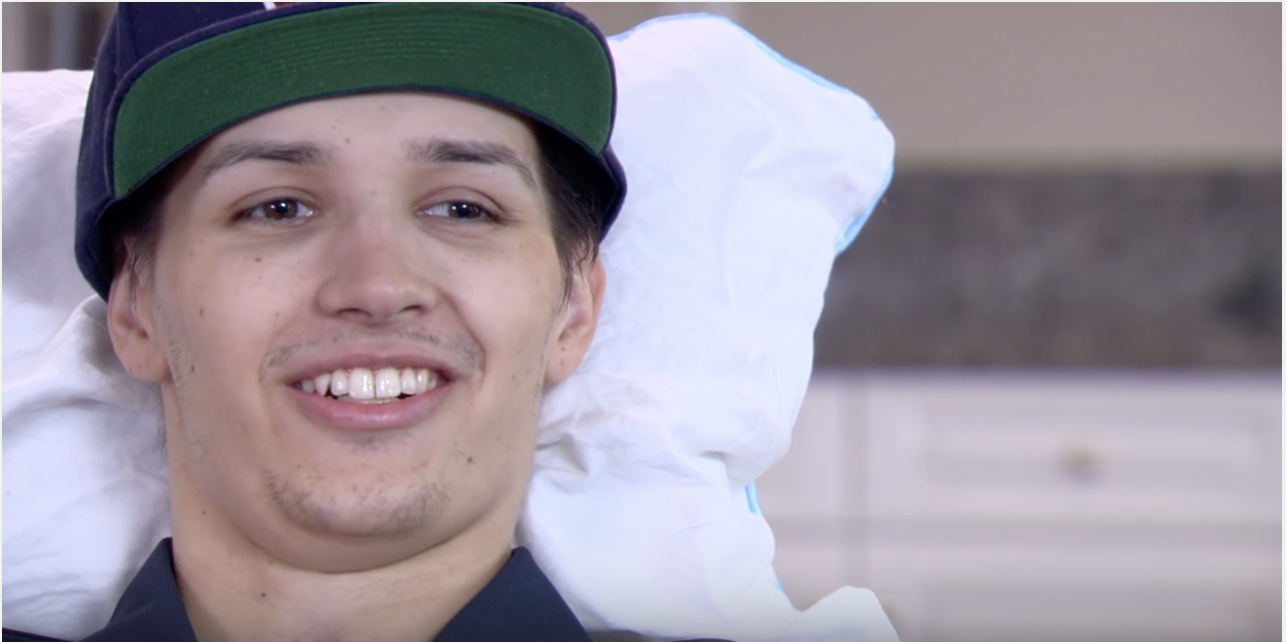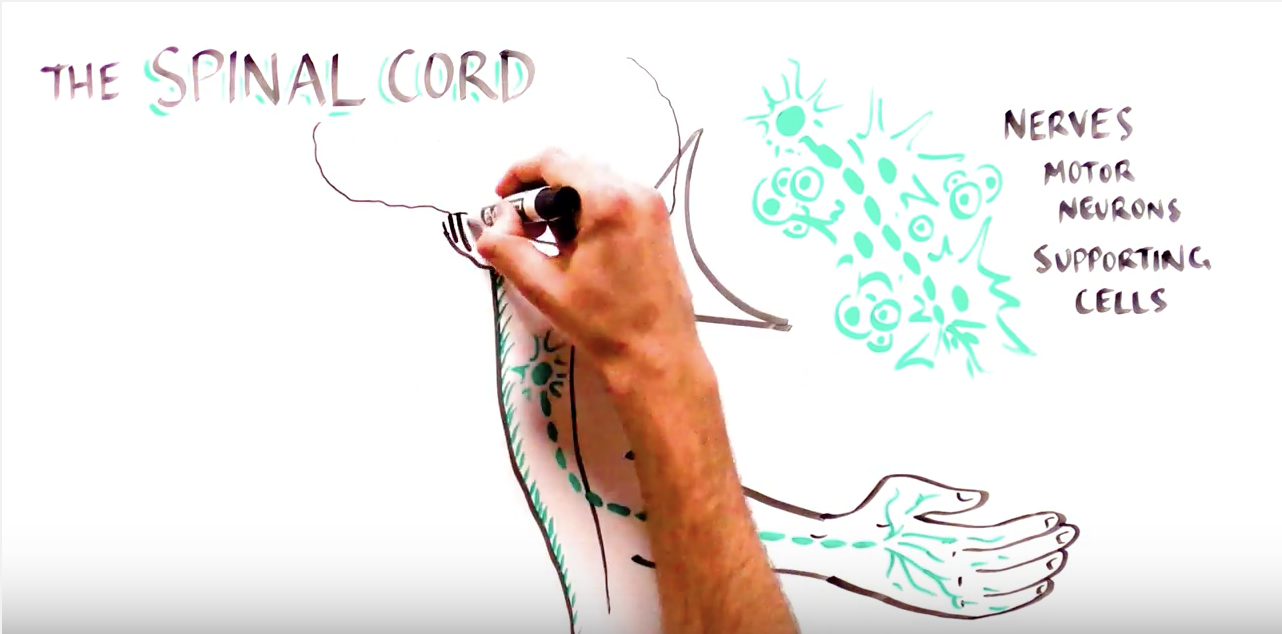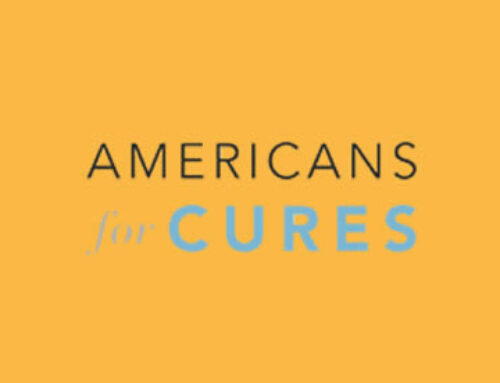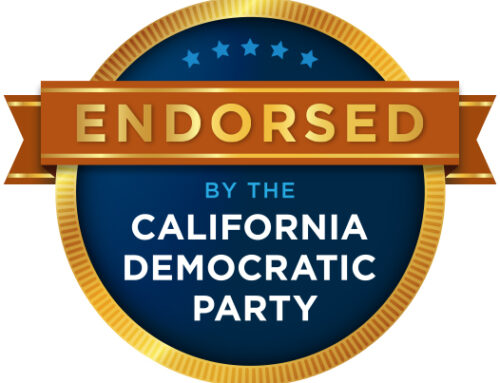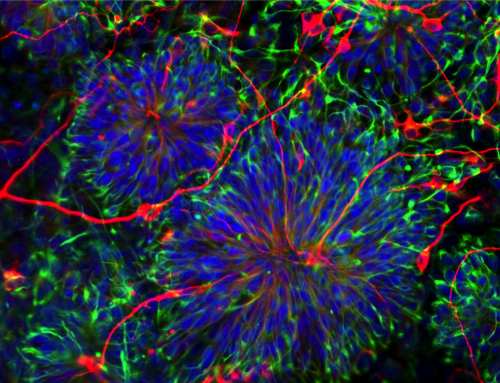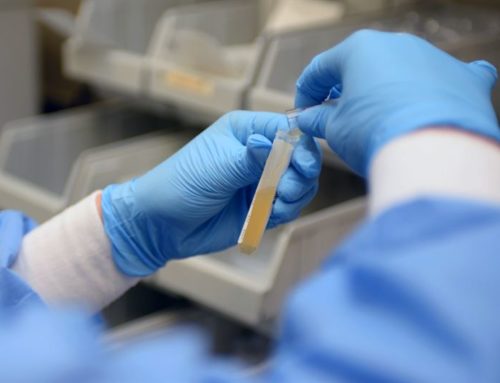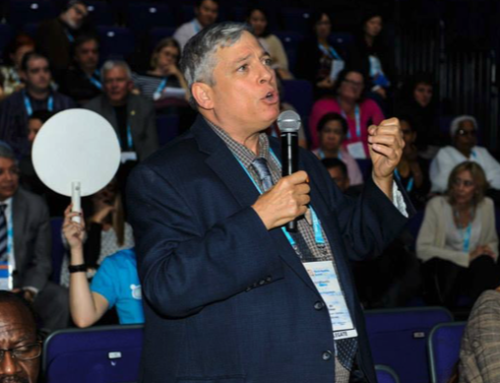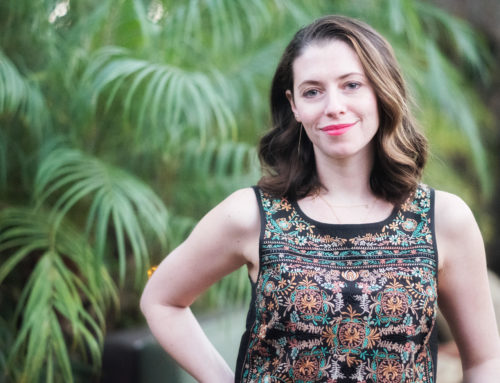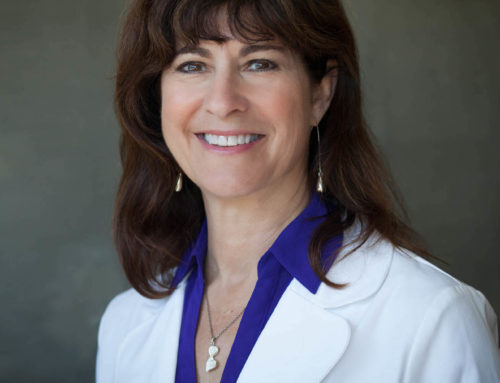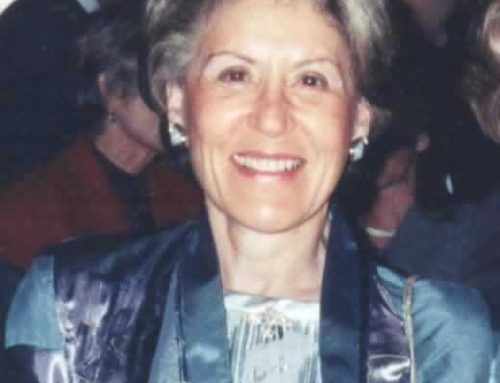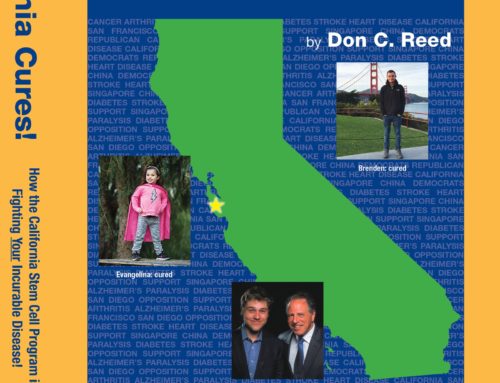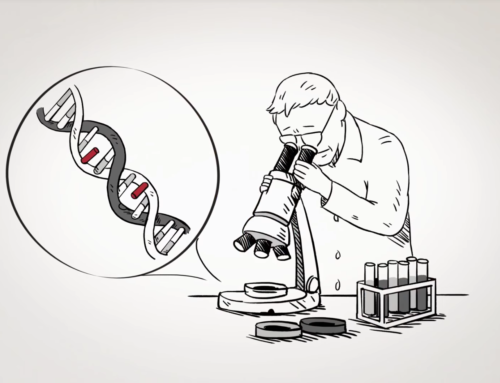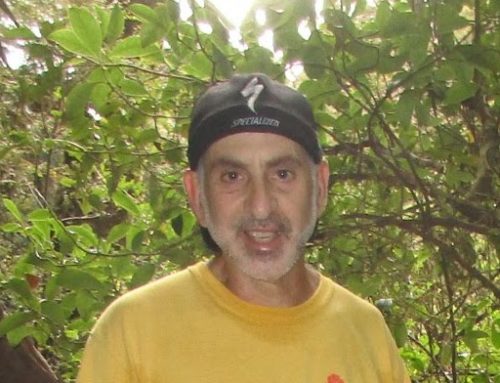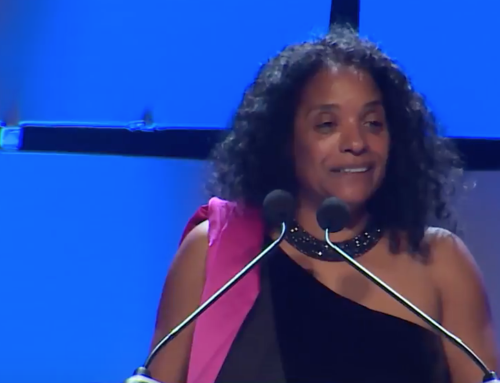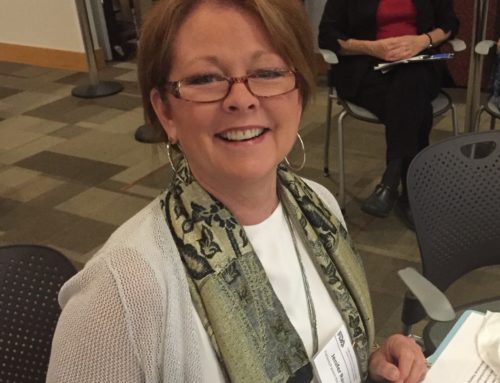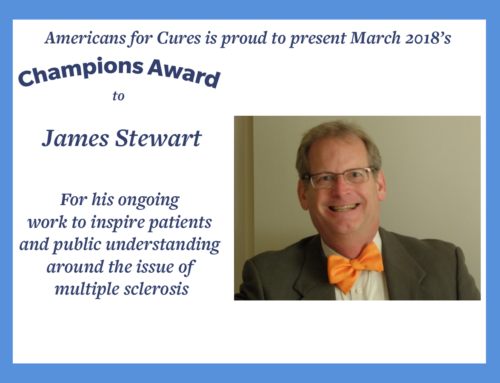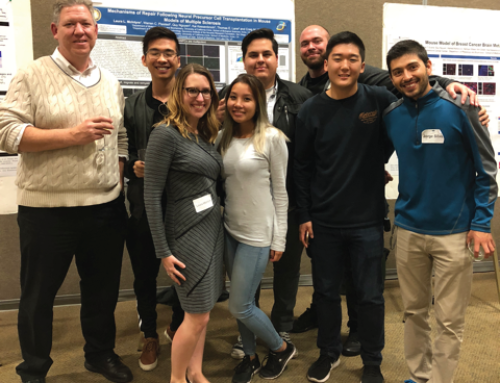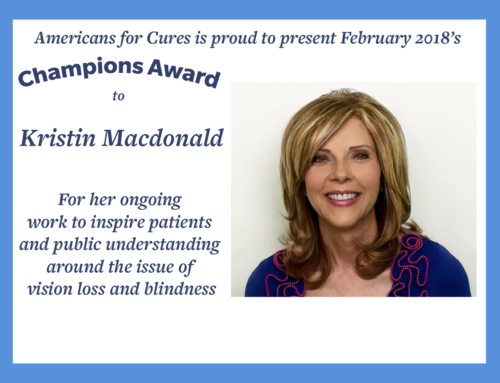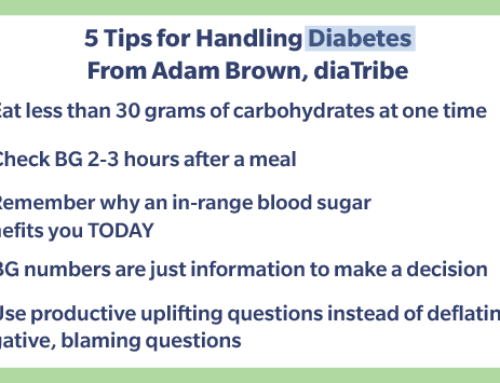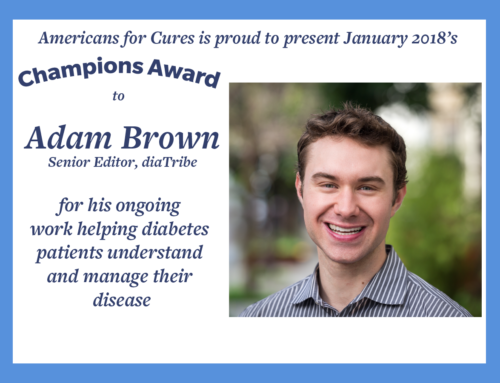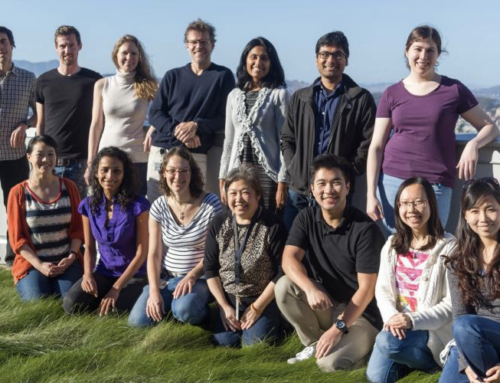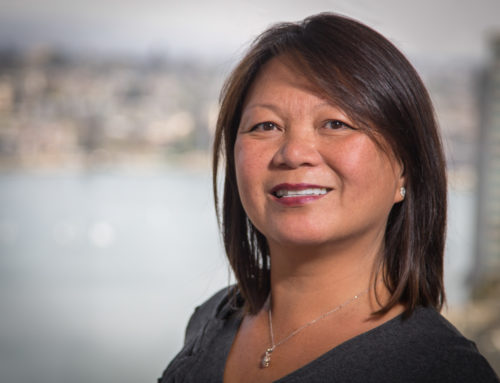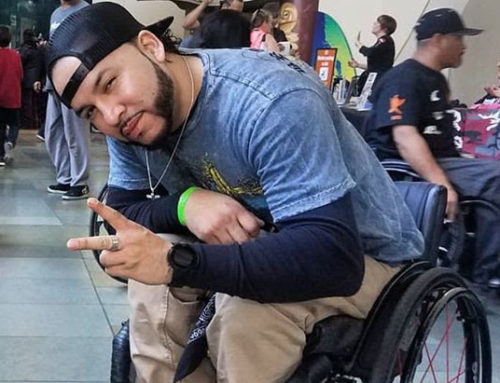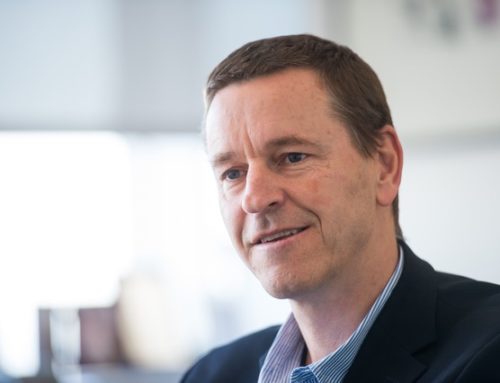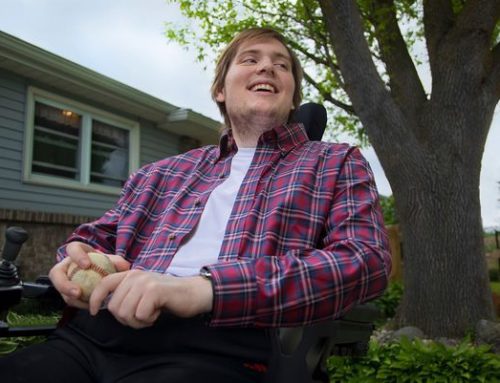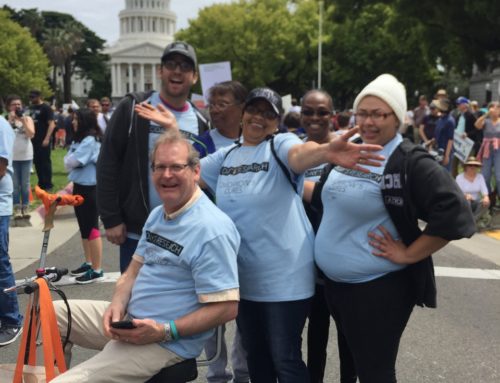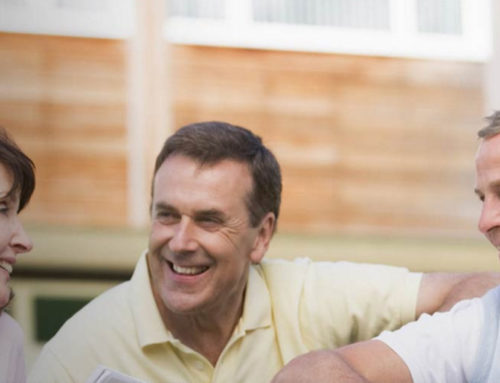FLASH! Yesterday morning, , December 14th, Mark Tuszynski won his grant from CIRM! Yayyyyy!!! So read this story, and know that it had a happy ending!
If you, or someone you love, has suffered a spinal cord injury, next Thursday, December 14th, is an important day for you.
If you want to be a part of it, come to 1999 Harrison Street, Suite 1650, in Oakland, California, at 9:00 AM; to see the California stem cell program in action.
For 25 years, a quiet scientist named Mark Tuszynski has been fighting to cure paralysis.
To say he is respected in his field is like saying Mount Everest exists; the mountain may not say much, but it is there, and it is awesome.
The project Mark Tuszynski is working on now is remarkable, possibly game-changing.
Think of a spinal cord with a dent in it. The dent is the injury. It can be an actual hole, a syrinx, or a tangled mass of scar tissue. In either case, the injury site is interfering with messages between brain and body.
The body’s natural electrical system has been short-circuited. . When the brain says “move!” to the foot, the message is blocked—and the foot does not move.
To fix it, the gap must be crossed (or the scar penetrated) in such a way that brain/body communication is restored.
Another project, by Hans Keirstead (now running for Congress), involves re-insulating a paralyzed person’s damaged nerves. It works; in clinical trials, newly paralyzed people have recovered the use of their hands: hugely important.
But that involves nerves that were spared by the accident. Also, it has only been tried on new injuries, people who became paralyzed just a short time ago. Maybe later there will be a way to use the Keirstead therapy on older injuries, what the field calls “chronic” injuries, but for right now, the therapy is only affecting newly paralyzed people.
Mark Tuszynski is making new relays of nerves. Also, it seems to me, his method may be more immediately applicable to chronic injuries, those who have been paralyzed for some time.
People like my son, Roman Reed, paralyzed in a college football accident in 1994.
On December 14th, Mark Tuszynski will be fighting for his grant, flying up from San Diego to defend his proposal.
The board will consider his proposal—which was narrowly turned down by the outside reviewers. He needed a score of 85 to be fully recommended for funding—he got 80. So close, and yet so far.
But the people who will make the final decision are the 29 members of the board: the Independent Citizens Oversight Committee.
Public comment will be allowed, as it always is, an integral part of the process.
What is the problem? Why did such an outstanding scientist have his project turned down, his funding denied?
A personal communication from Dr. Tuszynski reads:
“Our grant was rejected primarily by concerns that we have not shown that we form relays with stem cells: but this is not accurate. We did, (from) our first paper on the topic in Cell (2012).
“Neural stem cells grow axons over very long distances after severe spinal cord injury… New synaptic relays are formed, improving electrophysiological and functional outcome…”
“The second reviewer criticism was that the effect of stem cells…was modest. But we showed findings in many models, indicating 50% recovery of hand function. Thus, we find this criticism …short sighted.
“…with CIRM beginning to see the end of funds for funding stem cell research, I am really concerned about this. Our approach is different from others: while Geron and then Asterias, Inc. aim to use stem cells to remyelinate axons that are spared after SCI, our approach aims to form new neural relays, an approach that may offer promise to people with more severe SCI.
“This is what our DISC2 grant proposed. We showed significant functional improvement in rats with even complete spinal cord transection, an extraordinarily difficult problem to try to treat.
“Most importantly, we see growth of very, very large numbers of new axons over very long distances through the injured spinal cord. This amount of growth is without precedent in the field of SCI research.
“Over the last 5 years, we have published the results of our spinal cord stem cell work in the top journals of science and medicine: Cell (2012), Neuron (2014), Nature Medicine (2016), Nature Communications (2017), Journal of Clinical Investigation (2017), and Science Translational Medicine (2017).
“Our program is approaching clinical translation. We have validation with a variety of cell types, and across mouse, rat and monkey models, a breadth of supportive evidence that may be unprecedented in SCI research.
“So I would like to try to present our case to the CIRM board meeting on Dec 14 in San Francisco. “—Mark Tuszynski, personal communication
I hope the board will be able to see color photographs of the injury (inside a lab rat’s spine) both before and after the stem cells were applied.
Usually, looking at photographs of regenerating nerves is hard to understand; all I can usually see is some fuzz on the dent in the spina cord.
But Tuszynski’s nerve growth is spectacular: a leaping band of green crossing and connecting the injury.
And the injury itself? A complete severing of the spine.
Usually, the improvement after a spinal cord injury comes immediately, within two weeks—or not at all.
Tuszynski’s rats, however, made major gains (50% hand function) more than a year after the injury.
So, December 14th, at 1999 Harrison Street, Suite 1650, Oakland, CA 94612, I will participate (just as you may) in the public comment period. I will have three minutes to speak, and I will use my time.
If you want to come, you are welcome.
Look for an old person in a gray suit, sitting close to the public comment microphone. That will be me; come over and say hello.
The California stem cell program sprang from the direct expression of the people’s will. It began as Proposition 71, a citizen’s initiative, led by Bob Klein and thousands of other patient advocates— and the voters said yes.
It is something wonderful, and you can be a part of it. Join us!
This post originally appeared on HuffPost.
Don C. Reed is Vice President of Public Policy for Americans for Cures, and he is the author of the forthcoming book, CALIFORNIA CURES: How California is Challenging Chronic Disease: How We Are Beginning to Win—and Why We Must Do It Again! You can learn more here.



